Suzuki Katana: Power-dressed hero motorcycle for the 1980s
The producers of the 1988 art-house movie Shame could not have chosen a more apt motorcycle for Deborah-Lee Furness to ride in her Asta Cadell feminist barrister starring role than a Suzuki GSX750S Katana. Having had an altercation with a kangaroo, Cadell finds herself stranded in a country town populated mainly by sexist male bogans and abused womenfolk. And what were these people to make of the city-street-smart GSX750S Katana in a world of Holden utes and battered Akubras? For a woman to ride any motorcycle would have struck the inhabitants as strange, but the Katana marked Asta Cadell out as a creature from outer space.
Speaking of space, the Australian advertising carried the heading ‘Space invader’ and the copy opened thus:
Ever seen a shape like this?
Ever seen streamlining like this?
Ever seen a bike that gives you such an itch to blast off into space?
This is the new GSX 1100S Katana; a superbike in every sense of the world.
The Katana was first displayed as a prototype at the 1979 Cologne show. Despite the frame and engine – an air-cooled four-stroke, transverse four-cylinder DOHC 16-valve unit making 100 horsepower – coming unchanged from the GSX1100, the motorcycle earned sufficiently positive response for Suzuki to put it into production as the GSX1100S Katana. The standing 400 metres took just 11.9 seconds. Top speed was 220km/h.
This was the first Japanese motorcycle with an aerodynamic fairing mounted on the body and genuine clip-on racing bars.
The Katana was released in Australia towards the end of 1981. Customers could choose between a 750cc version or the 1100 and could specify a wire wheel option which allowed for wider tyres. A GSX1100S equipped with wire wheels was only available in Australia and New Zealand and is now highly sought among Katana cognoscenti.
By February 1988 when Shame arrived on screen, Katanas were a familiar sight on Australian roads and had gained a cult following as an icon of out-there 1980s style – bold, racy. muscular and elegant all at once.
It has been said that the 1970s was the decade good taste forgot and there can be no doubt that the 1980s brought a new emphasis on style. This was the time of power dressing and shoulder pads, big hair, lycra, BMW-driving advertising copywriters, Star Wars, chardonnay, boutique beer and café racer motorcycles – with the off-the-shelf Suzuki Katana the pre-eminent example. The Katana epitomised the zeitgeist of the 1980s.
Indeed, it might be argued that the Katana was the first production motorcycle created with style as its number one priority. On 26 June 1998 the Art of the Motorcycle exhibition opened in the Solomon R. Guggenheim Museum of New York. It is the Suzuki Katana which leads the 1980s chapter, ‘The Consumer Years: 1982-1989’ in the consequent coffee table publication:
Suzuki’s Katana was an exercise in style, pure and simple. Suzuki’s marketing department took a look at the standard GS1100E and decided to give that motorcycle – a very good one even in its conventional shape – a brand new look; not just any old clothes, but a costume one might wear to a Star Wars party.
By the time Honda’s legendary 750 Four had been on sale for a decade, there was a certain sameness evident, captured by the phrase ‘Universal Japanese Motorcycle’. Sales were slowing rapidly, especially in the US. Arguably, Suzuki was the most conservative of the Big Four Japanese manufacturers and perhaps its bosses were correspondingly the most anxious to find a new design direction. The answer, they believed, lay in Europe. And so it was that Manfred Becker, Suzuki German’s marketing manager, was instructed by his Japanese seniors to investigate how Suzuki could create its boldest ever motorcycle.
Becker approached the newly formed Target Design, headed by ex-BMW styling chief Hans Muth, who had recruited two of his former colleagues, Jan Fellstrom and George Kasten. (It may be that Becker made his choice when he learnt that Target in conjunction with German motorcycling magazine Motorrad had just restyled the MV Agusta). Fellstrom and Kasten were briefed to reimagine the GSX1100. ‘There were no restrictions,’ Kasten recalled decades later:
Nobody pushed us in any direction. There was just Jan and me, and we quickly realised we’d be able to do what we could never do at BMW: realise our dream of how a sports motorcycle should look. There was a lot of functional thinking behind the shapes. The knee area had to be narrow, but the tank needed reasonable capacity. That’s how its shape came to be. Also, the bike had to be stable at speed, which is why we fixed the headlight to the frame and added an aerodynamic cowl.
On its website Target proclaims the Katana ‘a revolution’ and credits it with having changed motorcycle design forever.
The new machine took its name from a Japanese samurai sword supposed to strike mortal fear into anyone who saw it unsheathed. At a time when motorcycle manufacturers were increasingly favouring combinations of letters and numbers over names, the Katana was among the exceptions. (So, too, would be the Hayabusa 17 years later.) When Hans Muth presented the design – the bike was painted silver per the katana sword and on the side cover was the Japanese character for the weapon interleaved with a red image of one – to Osamu Suzuki, he reportedly said:
If you don’t treat it right, its sharpness can be lethal. The same is true for a motorcycle.

Key design elements are the way the rear part of the fuel tank and front portion of the seat blend together and how the raised, differently-coloured pillion seat gives the motorcycle the demeanour of a rider-only machine.
While it is understandable that the Guggenheim curators italicised the radical design of the Katana, this was not its sole claim to fame. Indeed, had the Katana been noteworthy only for its looks, the motorcycle would never have achieved the classic status it did or have remained in production for 19 years. It had the power, brakes and high-speed stability to match.
The Katana made its racing debut at Sydney’s Amaroo Park, where New Zealander Neville Hiscock broke the 750cc Production Class lap record. Hiscock then took an 1100cc version to Surfers Paradise for the three-hour race and broke that lap record as well. For a motorcycle created with style as numero uno priority, this was impressive travelling!
Despite Suzuki’s claim that it was the ‘World’s Fastest Motorcycle’, the GSX1100S Katana proved less successful in world markets than expected. For the 1982 season, the big-bore edition was quietly retired from new bike sales lists in most countries. But a few Mark II were produced for Europe in subsequent years.
In 1990 Suzuki revived the original GSX750S to celebrate the marque’s 70th anniversary. Sold mainly in Japan, it was available until 2004.
The design of the Katana not only influenced the appearance of subsequent Suzukis but motorcycles from other manufacturers as well. It could be said to have exerted even more influence on the look of the motorcycle than the 1982 Audi 100CD did on the shape of cars – aerodynamics-driven, coincidentally in the same period.
Suzuki reintroduced the Katana in 2019 as the Katana 1000. Based on the GSX-S1000F, it is powered by a 2005 GSX-R1000 150-horsepower engine. The design echoes that of the original 1981 model.

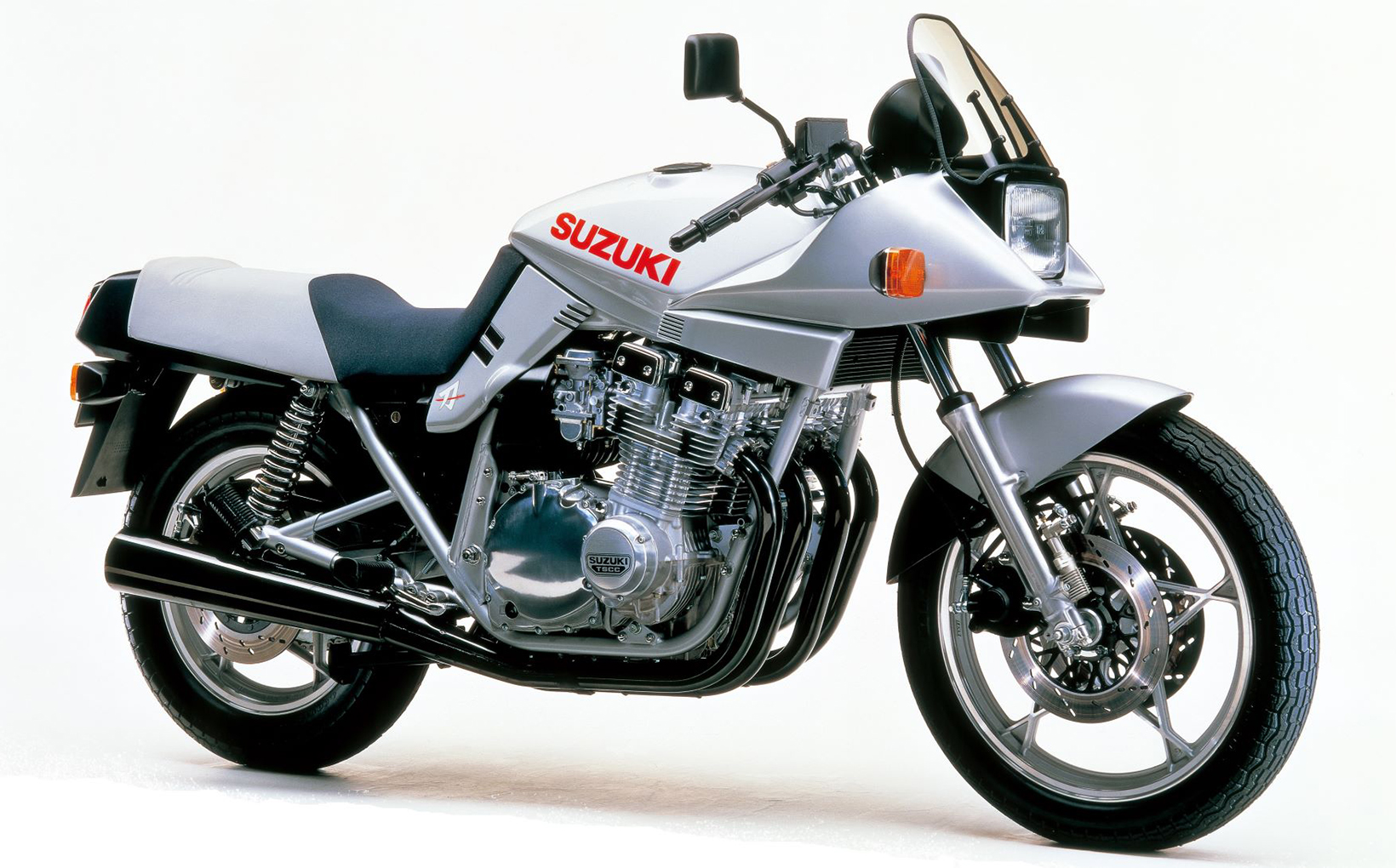










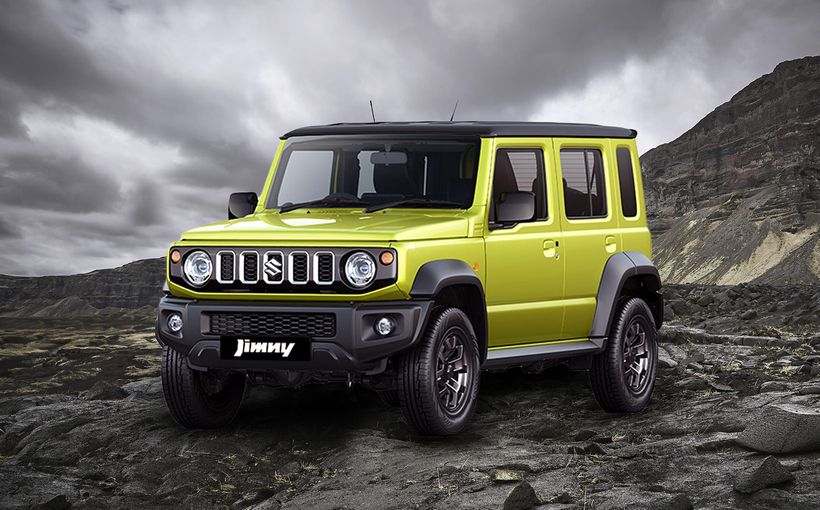
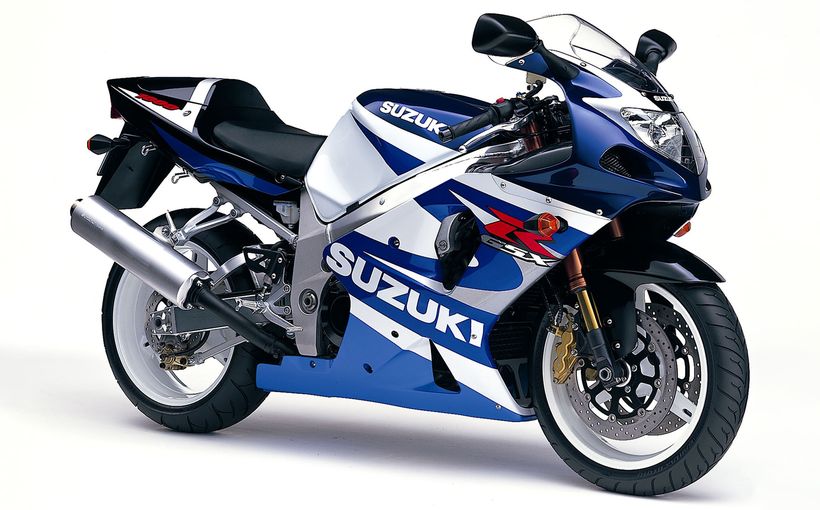
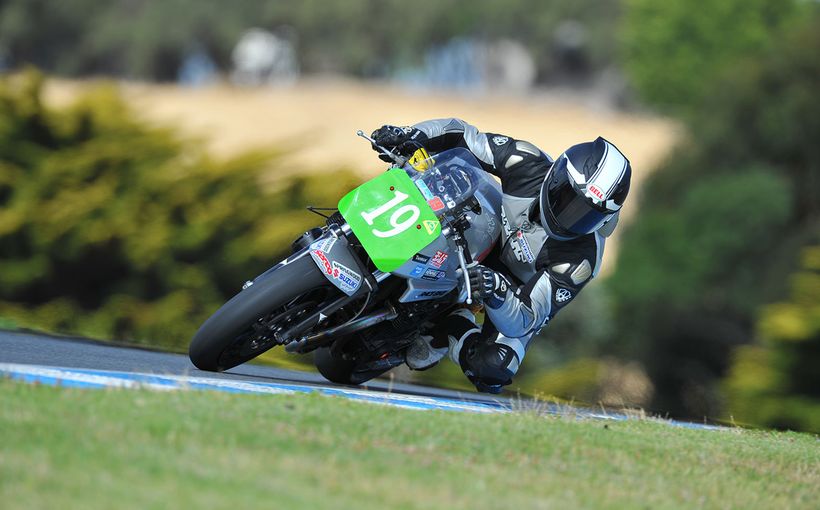
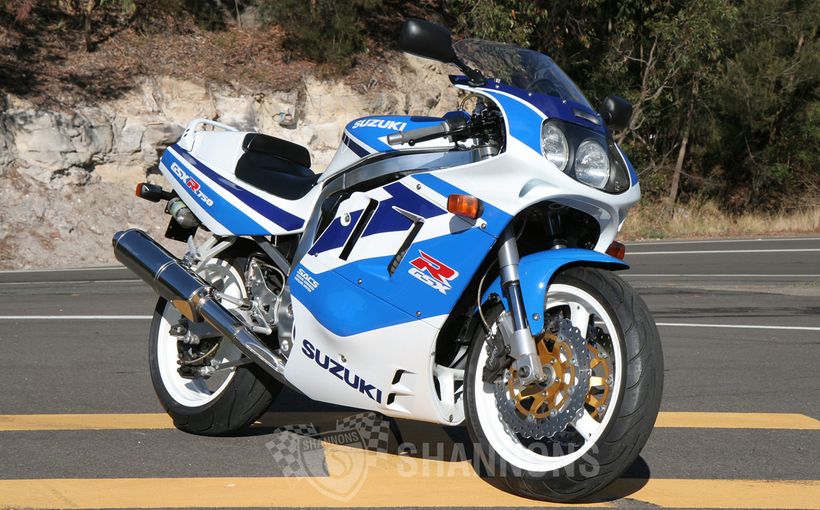
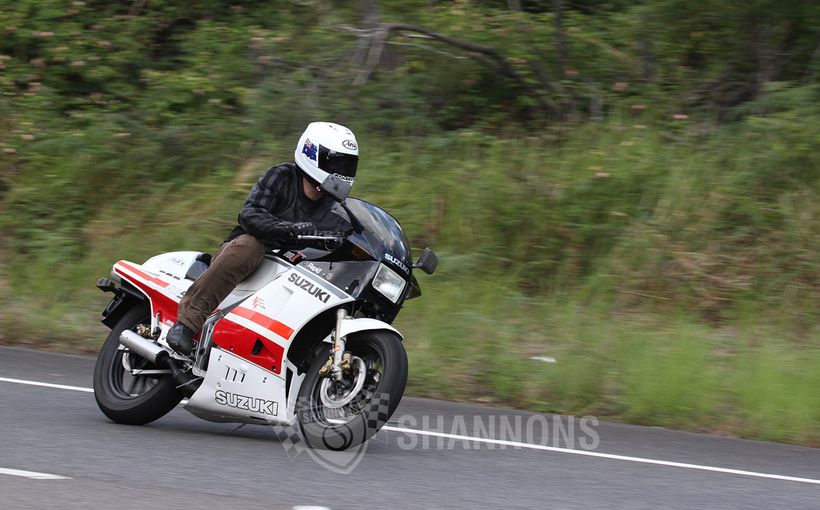

Comments
PonyRider
Great image and style concept, congratulations!
Love that little Side-Car shown briefly in the video.